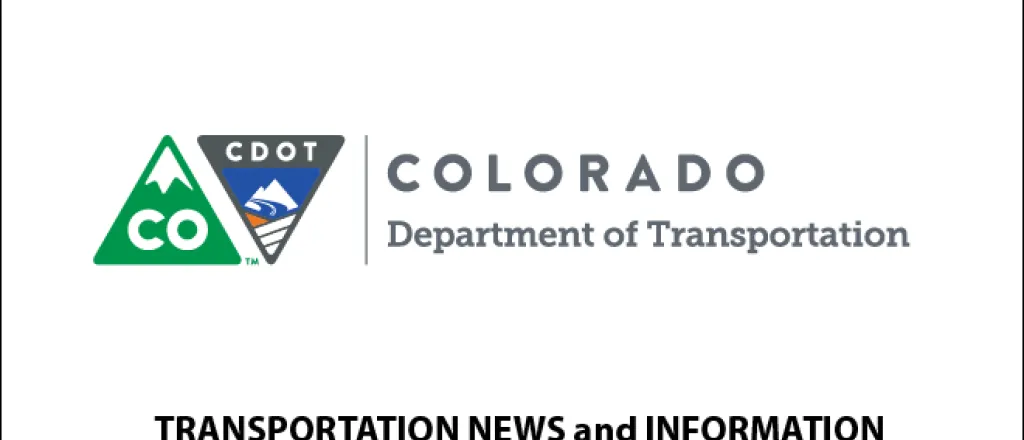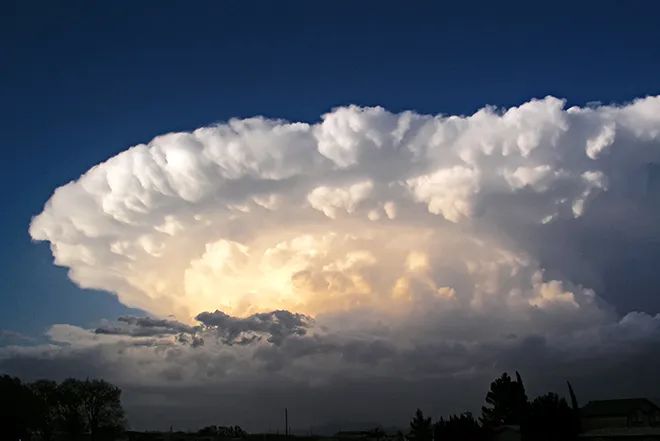
CDOT Preparing for Spring Storm
Colorado Department of Transportation (CDOT) maintenance crews are on or set to go on snow- shift this afternoon and evening as the latest spring storm begins moving into the state.
Drivers should give themselves plenty of time to reach their destination and be prepared for worsening travel conditions at the higher elevations, along the Front Range, and throughout southeastern Colorado. Heavy, wet snow could make driving difficult at times and with overnight temperatures forecast in the 20s, some icy road conditions should be expected Saturday morning. Blowing and drifting snow also is a possibility, limiting visibility at times for drivers.
Crews will remain on snow-shift (alternating 12-hour shifts) until the highways return to normal driving conditions.
AVOID A FINE! Motorists should be aware the Traction Law and Passenger Vehicle Chain Law could be implemented if conditions require it. When either law is in effect, highway signage will be activated.
· Traction Law — Motorists will need snow tires, tires with mud/snow (M/S) designation, or a four-wheel drive vehicle — all tires must have a minimum one-eighth inch tread.
· Passenger Vehicle Chain Law — Every vehicle on the roadway must have chains or an alternative traction device (like AutoSock).
Without proper equipment, you can be fined $130. If your vehicle blocks the roadway, you could be fined more than $650.
ROAD CONDITION/CLOSURE INFORMATION: To find roadway conditions and closures, log onto CDOT’s traveler information site at www.cotrip.org or call 511 from anywhere in the state. Better yet, sign up to receive wireless text alerts and/or e-mails about road conditions on our website, www.codot.gov. You can also log on to CDOT’s Winter Driving web page at: http://www.coloradodot.info/travel/winter-driving for road conditions winter driving tips and other information; or for I-70 West Mountain Corridor travel, go here: http://goi70.com/.
Ø Log on to CDOT’s Winter Driving web page at: https://www.codot.gov/travel/winter-driving for road conditions winter driving tips and other information; or for I-70 West Mountain Corridor travel, go here: http://goi70.com/.
Ø Be sure you have good snow tires. How do you know if you need new snow tires? Insert a quarter into the tire tread upside down, with Washington’s head going in first; if the top of George’s head is covered by the tread, your tires are OK (do this test in multiple points around each tire.) If the top of his head is visible at any point, you need new tires.
Ø Always keep the top half of your gas tank full. It can give you better traction and gives you a bigger margin of error if you get stuck and have to keep the engine running periodically to keep warm.
Ø If you are stuck in a serious storm do not leave your car. Run the engine periodically and wait for help.
Ø Carry blankets, water, a flashlight, a shovel, some nutrition bars or other food for sustenance. Winterize your vehicle's safety kit by including extra blankets, sand to help gain traction in the event you become stuck on ice or snow, jumper cables, an ice scraper and lock deicer.
Ø Remember that 4-wheel drive does not mean 4-wheel stop. A 4-wheel drive vehicle will not stop any better in icy conditions, especially if you have inadequate snow tires.
Ø Know the chain laws. Chain restrictions in Colorado are most often put into effect for commercial vehicles (semi-trailer trucks) and do not usually affect passenger vehicles.
Ø Drive for the conditions. In poor visibility or even whiteout conditions, don't drive faster than you can see ahead. High speeds in poor or no visibility can lead to large chain reaction accidents.
Ø In addition to these winter driving tips, CDOT reminds all motorists to respect winter weather, conduct a pre-trip inspection of your vehicle, and leave extra space between your automobile and others on the road (including plow trucks). Of course, always buckle up!
















